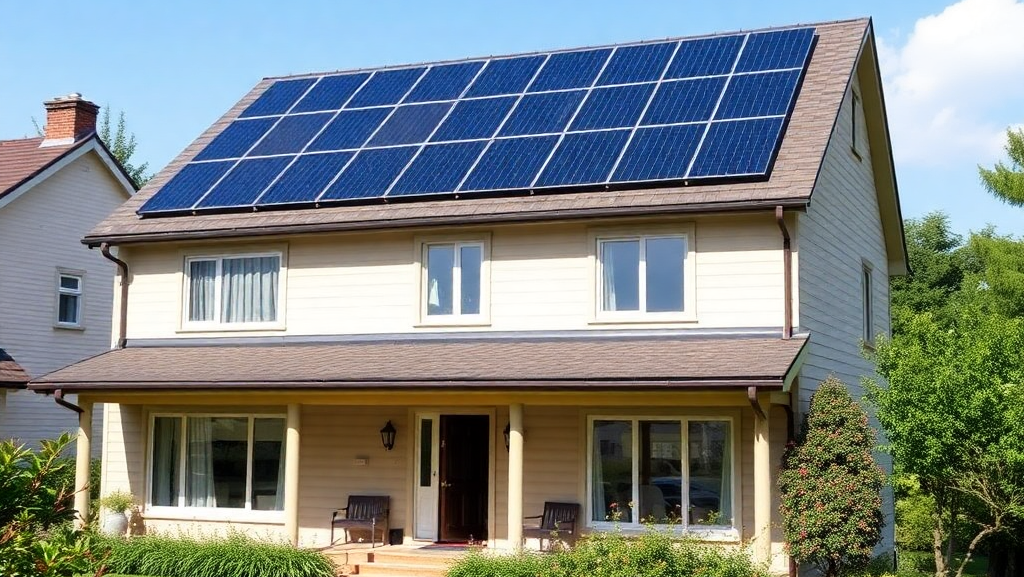Key Considerations for Troubleshooting and Repairing Solar Panels
To maintain the optimal performance and reliability of your solar energy system, it’s crucial to have a systematic approach to troubleshooting and repairing solar panels. Here are the essential points to consider for effective fault diagnosis and resolution:
- Systematic Performance Monitoring:
Continuously monitor the energy output of your solar panels using monitoring software or devices. Compare real-time data with historical performance to identify sudden drops or irregularities in production, which could indicate underlying faults. - Visual Inspection for Physical Damage:
Conduct thorough visual inspections to check for physical damage such as cracks, chips, delamination, or discoloration on the panels. Inspect frames, connectors, and mounting structures for signs of corrosion, wear, or loose components. Address any visible damage promptly to prevent further deterioration. - Electrical Testing and Diagnostics:
Use specialized testing equipment, such as multimeters, IR thermometers, and IV curve tracers, to diagnose electrical issues. Check for open circuits, short circuits, and abnormal voltage or current readings. Test individual panels or strings to isolate problematic areas. - Connector and Wiring Checks:
Examine all electrical connectors and wiring for loose connections, corrosion, or damage. Tighten loose connections and replace corroded or damaged components. Ensure proper insulation and weatherproofing to prevent moisture ingress and electrical faults. - Shading and Environmental Analysis:
Assess the impact of shading from nearby objects, such as trees, buildings, or debris, on panel performance. Trim overhanging branches or adjust the panel layout to minimize shading. Consider environmental factors like extreme temperatures, humidity, and UV exposure that could affect panel efficiency. - Inverter and System Component Evaluation:
Check the inverter and other system components for error codes, abnormal sounds, or overheating. Review inverter logs for any fault messages or performance issues. Perform firmware updates or recalibrations as needed to optimize inverter performance. - Thermal Imaging for Hot Spots:
Utilize thermal imaging cameras to detect hot spots on the panels, which can indicate faulty cells, shading, or poor electrical connections. Hot spots can lead to reduced efficiency and permanent damage if left unaddressed. Investigate and repair the underlying causes promptly. - Isolation of Faulty Panels or Strings:
If a specific panel or string is identified as faulty, isolate it from the system to prevent further damage or safety hazards. Label and document the faulty component for easy reference during repair or replacement. - Professional Repair and Replacement:
Engage qualified solar technicians for complex repairs or replacements. Ensure that repairs are carried out using compatible, high-quality components and follow industry best practices. Avoid DIY repairs that could compromise system safety or performance. - Post-Repair Testing and Validation:
After repairs or replacements, conduct comprehensive testing to validate the performance of the solar panels. Verify that the system is operating within expected parameters and that all faults have been resolved. Monitor the system closely for a period following repairs to ensure stability. - Documentation and Record-Keeping:
Maintain detailed records of all troubleshooting activities, repairs, replacements, and testing results. This documentation can help track the history of faults, identify recurring issues, and plan for future maintenance needs.
By following these troubleshooting and repair maintenance guidelines, you can effectively diagnose and resolve issues with your solar panels, ensuring their long-term reliability and performance. Regular monitoring, timely interventions, and professional expertise are key to maintaining a robust and efficient solar energy system.


